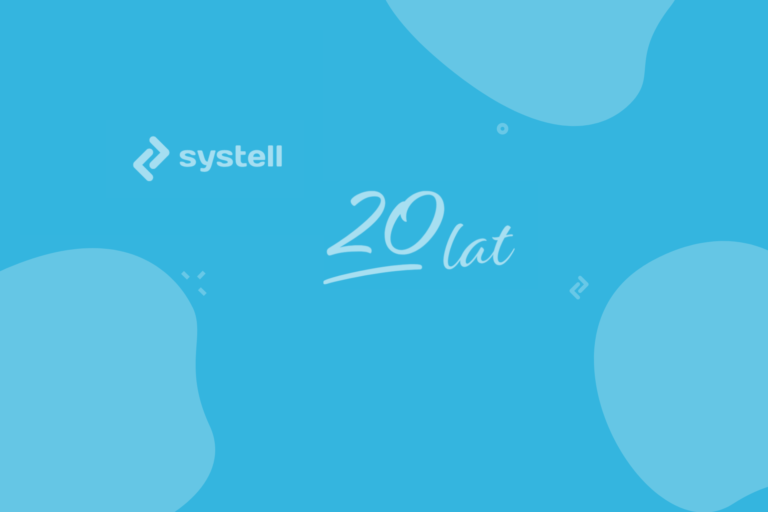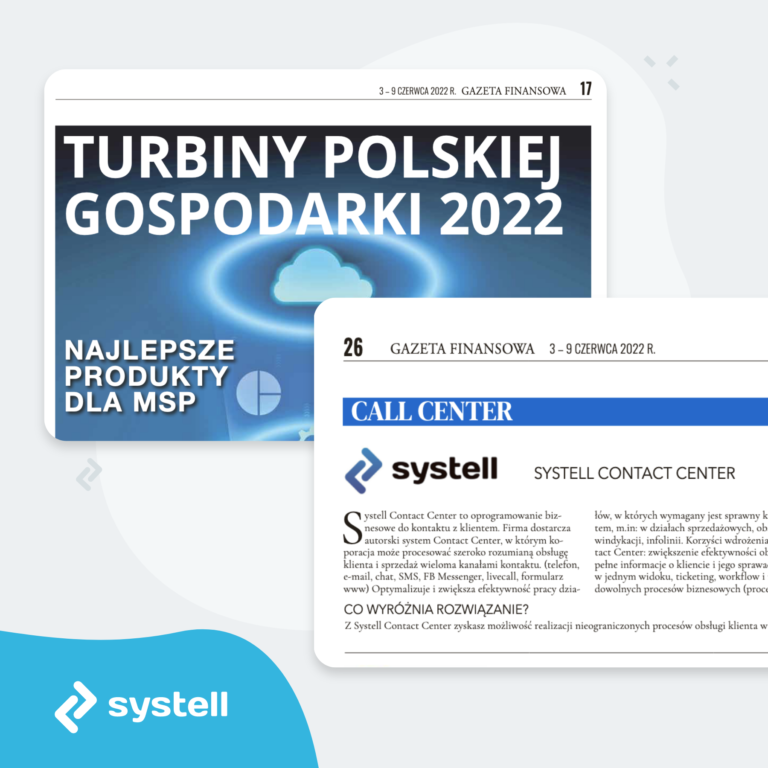How to design an efficient IVR system?
Despite being one of the oldest automation technologies used in call centre systems, IVR ( Interactive Voice Response) is still the least liked one by users. Why is it so?
An IVR tree is an automated call menu. Its purpose is to route your calling customers to the right consultants. Callers choose the right option via a telephone keypad.
IVR – Interactive Voice Response
Nearly 90% of contact centre callers actually want to speak to a live agent. Yet businesses over-exploit the IVR technology, designing extremely complex access paths (so-called IVR trees) in which it is easy to get lost. Customers complain mainly about the following issues:
– Callers cannot describe their
problems to the IVR;
– IVR forces callers to listen to the information they are not interested in;
– Voice menu suggests options that lead to nowhere;
– IVR menus are too complex and the descriptions of options are too long
So, how to design a perfect IVR menu that is user-friendly and helps you reduce your costs?
Rules for designing of an IVR system, or what you need to know about IVR
1. Limit the options on your menu
Nothing is more annoying for a caller than a menu with a huge list of options. It is recommended that an IVR menu have no more than 3 or 4 basic options. This will shorten the callers’ waiting time. Too many options on your menu may lead to the so-called paradox of choice: your customers will feel confused and end up making no decision at all.
Place the most common options first. For example, if most of your customers require technical assistance, this option should be assigned to key 1. If the next thing your customers want is information, assign this option to key 2.
While designing an IVR tree, the good practice is to put the option before the required action. Example: Press 1 for customer support; Press 2 to place an order.
2. Keep your messages short and simple
Voice prompts should be compact and precise. Make sure the messages are recorded clearly and with impeccable diction. Eliminate background noises. It matters especially when an elderly person calls, who might have a problem to understand the voice prompt or press the right key.
3. Activate out-of-hours interactive voice responses
You can still benefit from an IVR menu, even if your business is out of hours. An IVR menu can be used to deliver automated messages to callers, e.g. about your opening hours, locations, account balances or information on dispatch.
Specify how the incoming calls should be handled out-of-hours. If a customer calls outside your business hours, your IVR should politely inform them that no agents are available at the moment. Ensure that the system informs callers about your opening hours and allows leaving a message with their contact details.
4. Do not make it hard for callers to reach a consultant
Every now and then an IVR is not enough. Some of the callers’ problems cannot be solved in an automated way, that is why callers should always be informed how they can reach a live consultant. The system should then route them to the right consultant who will offer them an effective solution.
5. Offer a call-back service
A so-called call-back service is a very effective solution. It is used when a caller chooses the option to speak to a consultant and the waiting time is long. In such cases you can offer a call-back service to your customers, which means they can request that a consultant calls them back later. Furthermore, an IVR gives callers an option to leave a voice message.
6. Do not leave callers waiting in silence
There is nothing more annoying and frustrating for callers than the feeling that the call was dropped after they had waited on hold for a long time. If a customer waiting on hold does not hear any music or other messages, he/she might feel as if they have been hung up on.
7. Collect customers’ opinions
IVRs are used as a method of measuring customer satisfaction level. More information on measuring customer satisfaction can be found in this article: Measuring customer satisfaction. IVRs can be used for collecting customers’ opinions. Adding a short survey after a finished call can contribute to enhancing efficiency and improving the quality of your customer service. Such surveys are a useful tool that will help you to better adjust your IVR to the needs of your customers.
What does a perfect IVR look like?
An ideal and all-purpose IVR does not exist. Depending on the company, its needs or the needs of its customers, an IVR will be more or less complicated. So it is always wise to tailor an IVR to your needs. The options are countless: your voice menu can be based on traditional DTMF tones input or on advanced communications technologies using natural or synthesised speech.
The most important factor, however, is that your IVR suits the needs of your customers and the pace of life of an average consumer. User-friendly, dynamic, personalized and letting you handle an issue or solve a problem in a quick and smooth way – these are the IVR features customers appreciate the most.
Do you need more information about an IVR that suits the needs of your business? Fill in the contact form.
EXAMPLE:
As a result of customer surveys, telecom operator T-Mobile has considerably simplified its IVR tree. It consists of just 5 options now. All additional voice messages have also been eliminated. Before the optimization the average time necessary to choose the right conversation topic was almost 2.5 minutes. It is just a little over 20 seconds now.















